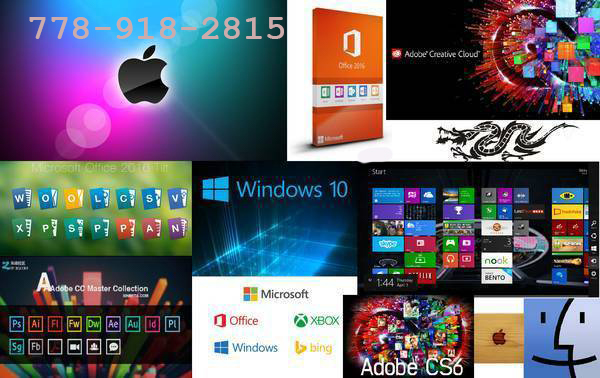


Instead, the system will beep as explained below. If a fault is detected during the test, you will not hear a normal startup chime. This test runs whenever the computer is turned on after being fully shut down (the power-on self-test does not run if the computer is only restarted). The power on self-test resides in the ROM of the computer. Seagate does not endorse or accept any responsibility for the content, or use, of any such web sites.Power On Self-Test Beep Definition - Part 2 Seagate makes no representations whatsoever about the content of any of these web sites. These links are provided for your convenience only and your use of them is at your own risk. There are links in this document that will permit you to connect to third-party web sites over which Seagate has no control. To obtain product specifications and warranty information, please contact the respective vendor directly. You should make your own independent evaluation before conducting business with any company.

Each company listed is independent from Seagate and is not under the control of Seagate therefore, Seagate accepts no responsibility for and disclaims any liability from the actions or products of the listed companies. Seagate makes no warranty - implied or otherwise - regarding the performance or reliability of these companies or products. Seagate references third parties and third party products as an informational service only, it is not an endorsement or recommendation - implied or otherwise - of any of the listed companies. REFERENCE TO THIRD PARTIES AND THIRD PARTY WEB SITES.

If you experience one of these beeps, you should call your Apple-authorized service provider for additional troubleshooting assistance.Ģ beeps = Incompatible RAM type installed (for example, EDO)ģ beeps = No RAM banks passed memory testingĤ beeps = Bad checksum for the remainder of the boot ROMĥ beeps = Bad checksum for the ROM boot block" Explains a few beep codes for legacy Mac computers.


 0 kommentar(er)
0 kommentar(er)
